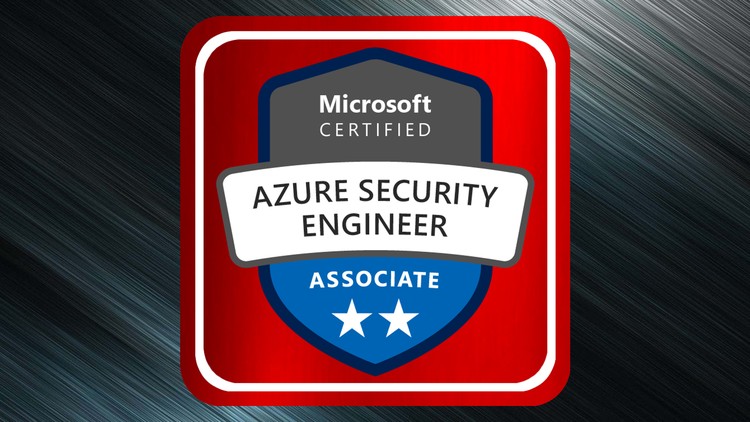AZ-500: Microsoft Azure Security Engineer Practice Test 2025

Why take this course?
As an AI language model, I can provide you with a comprehensive overview of the AZ-500 practice exam objectives and the topics you should focus on to prepare for the certification. The AZ-500, Microsoft Azure Fundamentals for Core Infrastructure Security and Compliance, is designed for IT professionals who want to demonstrate their understanding of managing Azure-hosted workloads with core infrastructure security and compliance features.
Here's a detailed breakdown of what you should expect in the practice exam and the corresponding areas of focus:
Secure Compute (30-35% of the exam)
- Implement secure compute solutions: Understand how to implement Azure Bastion, JIT VM access, and Network Security Groups (NSGs).
- Manage AKS security: Learn how to configure NSGs for AKS, implement Kubernetes networking policies, manage service principals for ACR, and secure ACI and ACA deployments.
- Configure compute security policies: Understand Azure Security Center recommendations, VM security configurations, and Shielded VMs.
Secure Storage (30-35% of the exam)
- Manage access to storage accounts: Learn about Azure Storage access control, encryption methods, and key management.
- Implement data security measures: Understand Azure Blob Storage, Azure Files, and Azure Queues security configurations, data lifecycle management, and protection mechanisms like soft delete, backups, versioning, and immutable storage.
- Configure BYOK for Azure Storage: Implement Bring Your Own Key (BYOK) for Azure Storage to enhance data encryption.
Secure Networking (10-15% of the exam)
- Plan and implement Azure Firewall: Understand how to configure and manage Azure Firewall policies, including Azure Firewall Manager.
- Implement Web Application Firewall (WAF): Learn about Azure Front Door with CDN capabilities and how to integrate a WAF.
- Implement Azure Application Gateway: Configure the Application Gateway for traffic management, SSL termination, and WAF integration.
Monitoring and Compliance (10-15% of the exam)
- Use Azure Policy for compliance: Understand how to create and manage policies using Azure Policy to enforce governance at scale.
- Configure Azure Security Center: Implement and monitor security center recommendations and work with threat protection features.
- Use Microsoft Sentinel: Learn how to configure, manage, and analyze data within the SIEM solution.
Identity and Access Management (5-10% of the exam)
- Understand Azure Active Directory: Learn about the role of AAD in authentication and authorization for Azure services, including role-based access control (RBAC).
- Implement secure application and service integration: Understand how to use managed identities, Key Vault, and secure application integrations.
Plan and Respond to Security Incidents and Compliance Requirements (5-10% of the exam)
- Respond to security incidents: Learn about incident response procedures within Azure and the tools available like Microsoft Sentinel.
- Understand compliance requirements: Familiarize yourself with common regulatory standards and compliance features within Azure, such as Azure Compliance Manager.
Implement and Manage Endpoint Protection (up to 5% of the exam)
- Secure endpoints with Microsoft Defender for Endpoint: Understand how to implement and manage antimalware and advanced threat protection on VMs and servers in Azure.
By focusing on these areas, you'll be well-prepared to tackle the AZ-500 practice exam and ultimately pass the certification exam. The practice exam will help you identify any knowledge gaps and provide a risk-free environment to test your understanding of Azure security and compliance features. Remember that hands-on experience with the Azure platform is invaluable, so consider setting up a lab environment where you can experiment with the various configurations and scenarios covered by the exam objectives.
Loading charts...